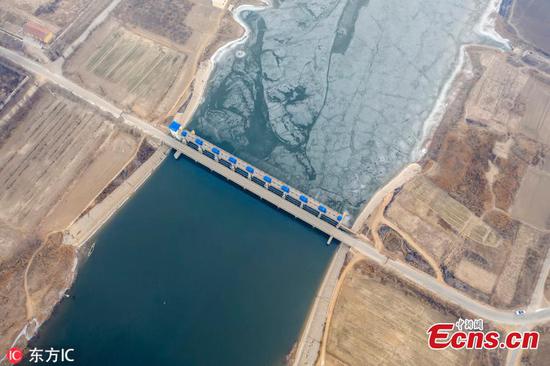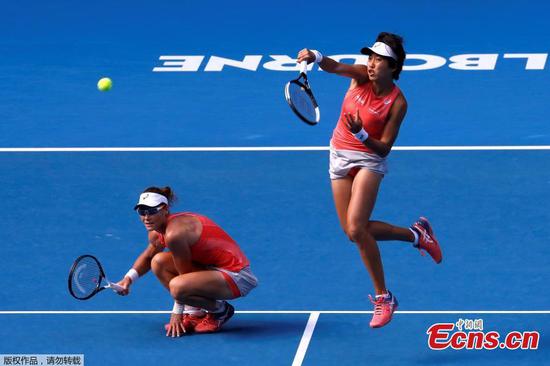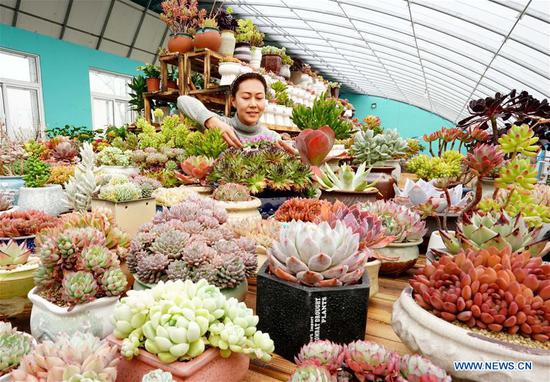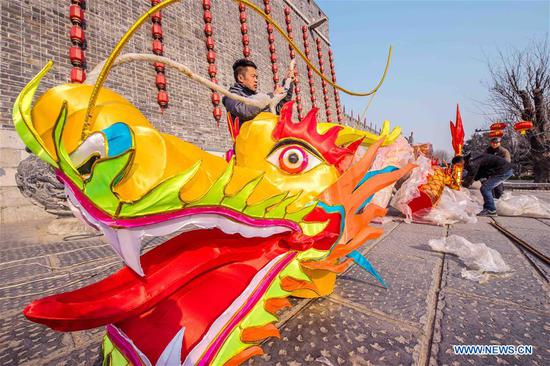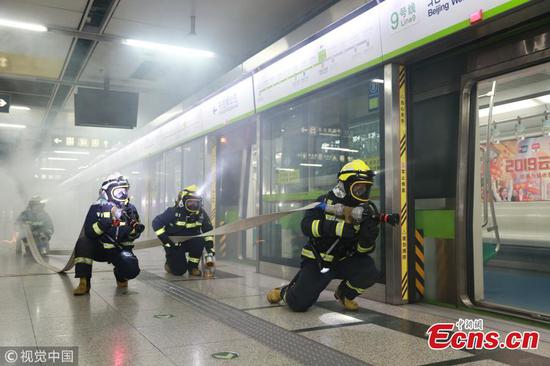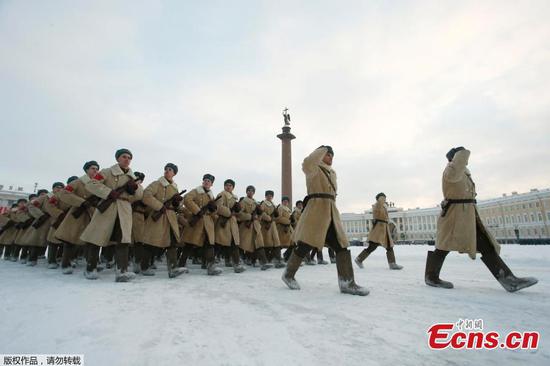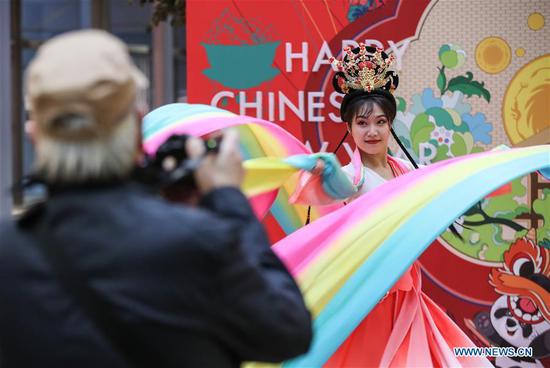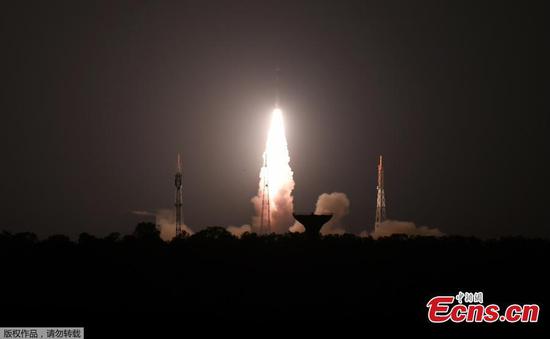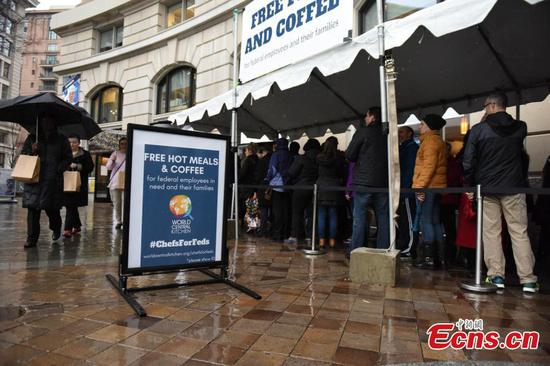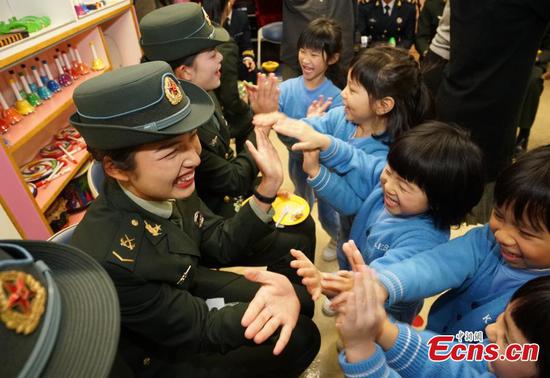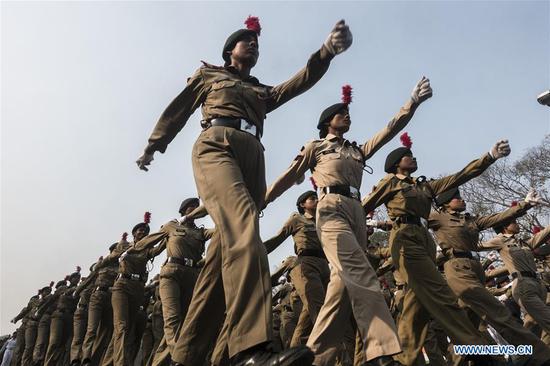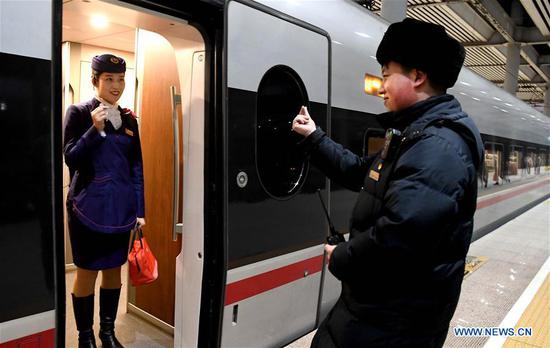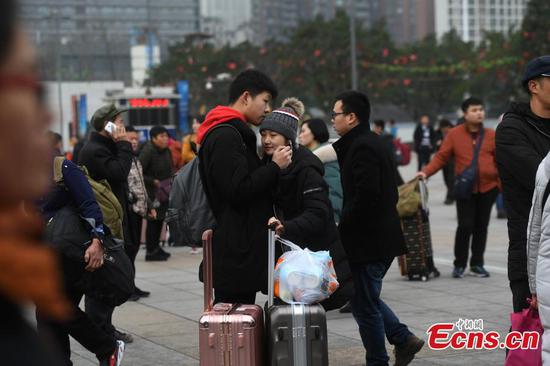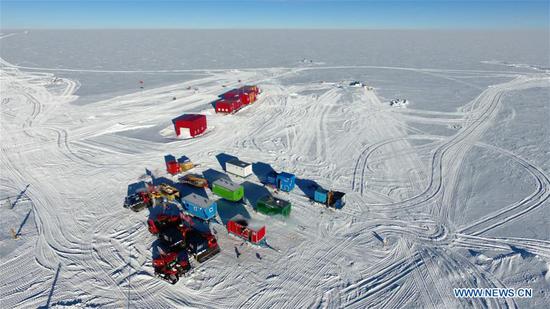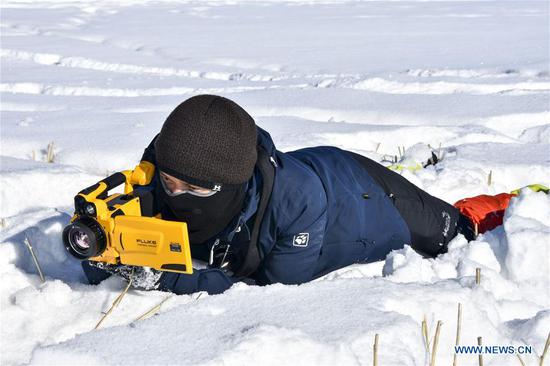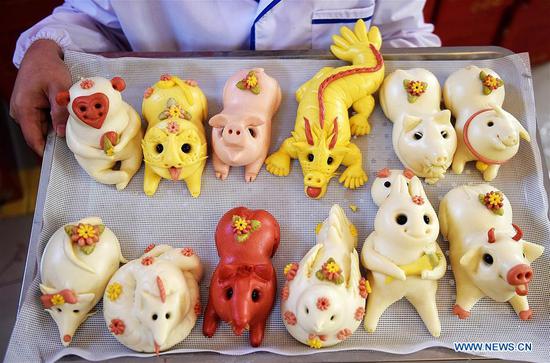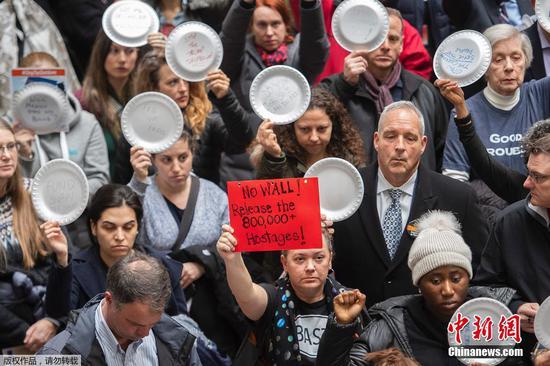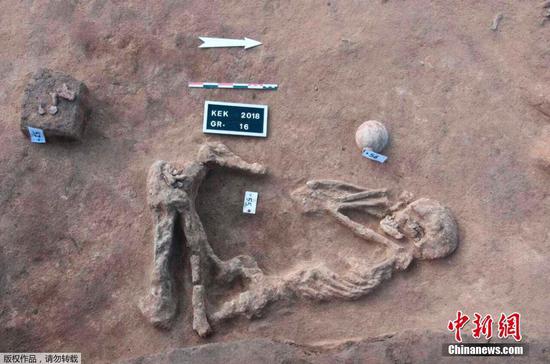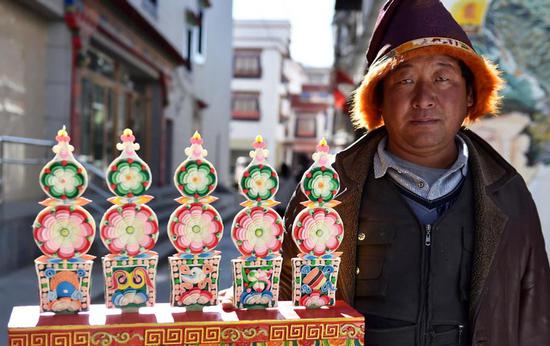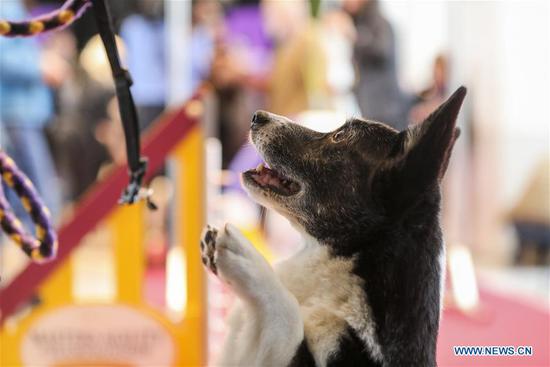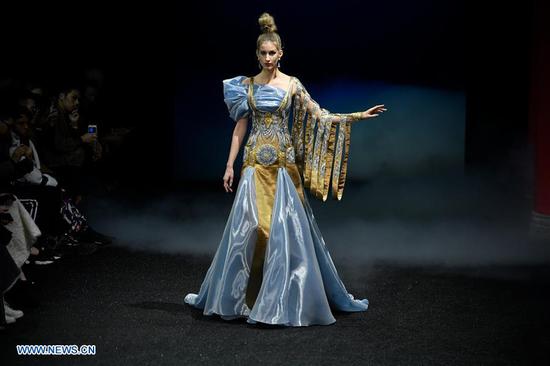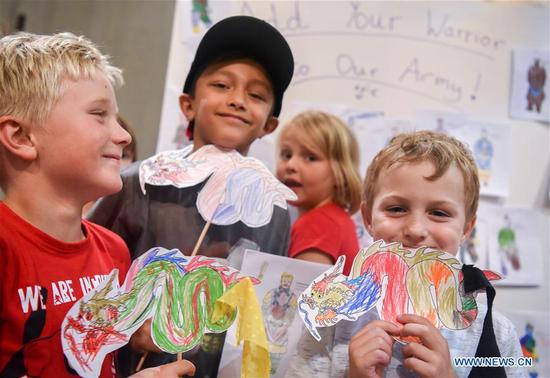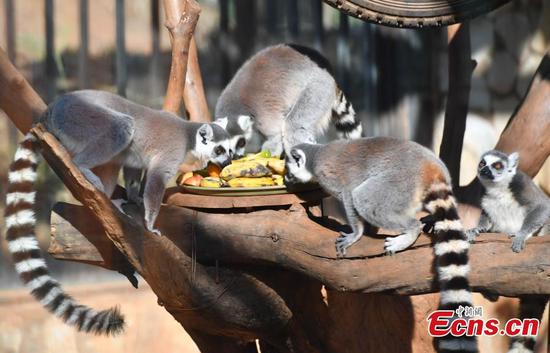"Beer, soft drinks and mineral water! Peanuts, melon seeds and bottled congee!" For millions of Chinese train passengers, trolley hawking is probably the most-heard line during the Spring Festival travel rush.
China expects 413.3 million train trips during this year's 40-day travel season as people head home for the most important family union of the year, and catering to them during journeys that can last for days is no small business.
Li Hongyang, an attendant on a Fuzhou-Guang'an train, pushed a trolley through 12 crowded carriages during a trip that lasted over three hours. More than 30 crates of mineral water and a lot of snacks were sold.
This would be unimaginable over a decade ago when Chinese passengers stinted on train food and deemed buying bottled water as being extravagant, said train attendant Yang Xiaofei.
"Many people would rather jostle across crowded carriages to get free hot water (using their own bottles) from electric boiler," Yang said, recalling the train service in 2004. "The best-selling snack was melon seeds, which were cheap and took a long time to finish."
Bottled mineral water, however, is today's best-seller, at least on slower trains, and passengers are willing to dig deeper into their wallets for better brands, Yang said. "Water priced at 5 yuan ($0.7) sells better than the 2-yuan ones."
"Train passengers' purchasing power and willingness to consume have improved greatly," said Yang. "They are increasingly less sensitive to prices but more fastidious about quality and brands."
Yang Weijian, a dining carriage director with the China Railway Nanchang Group, said the trolley's changing list of goods spoke volumes for China's economic and social changes.
In the early 1980s, flavored peanuts and lard cakes were among the very few snacks sold on trains, and they were highly sought-after, said Yang. It was a time when China's economy had just started to revive, and candies and pastries were in short supply in small cities.
"There was no train trolley back then. The crew just sat in the dining carriage waiting for passengers to come to buy snacks, which were always out of stock at the end of the journey," he said.
Trolleys were introduced in the 1990s when a booming economy led to a groundswell of consumer goods, and it became a booming business thanks to the large volumes of passengers. One trolley could sell 10,000 yuan worth of goods during one train trip, Yang said, though most passengers still favored cheap snacks.
In the following years, Chinese train trolleys have grown in size and category of goods to include more high-end items.
"Now Starbucks coffee and Haagen-Dazs ice cream sold on high-speed trains are also welcomed by passengers, though their prices are much higher than traditional snacks like melon seeds," Yang said.
In 2017, China's high-speed railway launched a service to allow passengers to order takeout food from restaurants near train stations if they are not satisfied with the limited choices of boxed meals served on the train.
Delicacies and other goods are also peddled in a more gentle manner, and the bulky, rumbling trolleys are being replaced by lighter, quieter ones.
"New trains are not as noisy as the old ones, so there is no need for loud hawking. We're now using softer voices to peddle the snacks," Yang Xiaofei said.









